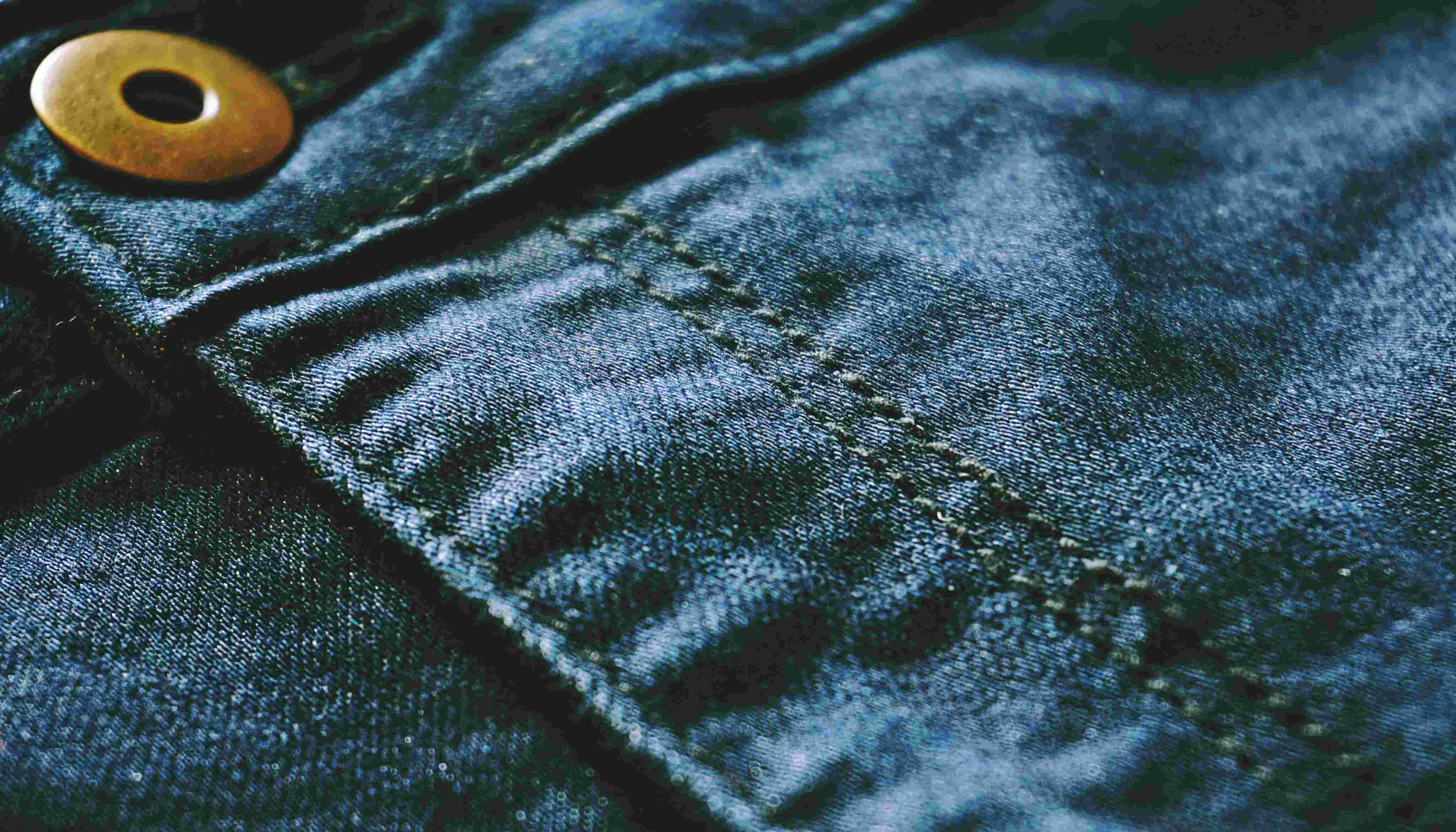The 2025 Resurgence of Raw Denim: Why Unwashed Jeans Are Making a Comeback
Raw denim has quietly been making waves in the fashion world again. Known for its distinctive unwashed, untreated nature, raw denim offers wearers an authentic and personal experience with their jeans - one that evolves over time with wear, fading, and unique character. As 2025 unfolds, raw denim is experiencing a notable revival driven by shifts in consumer values toward sustainability, craftsmanship, and timeless style. But what exactly is raw denim, and why is it capturing attention now more than ever?
What is Raw Denim?
Raw denim refers to denim fabric that has not been washed or treated after the dyeing process. Unlike pre-washed or distressed jeans commonly found in stores, raw denim retains the indigo dye’s full intensity and stiffness when new. This untreated state allows raw denim to mold uniquely to the wearer’s body over time, developing personalized fades and creases that tell a story of the individual’s lifestyle.
Historically, raw denim was the standard fabric for jeans before mass production and industrial washing became widespread in the late 20th century. Now, with growing interest in slow fashion and authentic materials, raw denim is coming back into favor among denim enthusiasts and casual wearers alike.
Why Raw Denim is Gaining Popularity in 2025
Several cultural and environmental factors are fueling raw denim’s resurgence this year. Today’s consumers increasingly seek products that reflect authenticity, durability, and a connection to heritage craftsmanship. Raw denim fits perfectly into this paradigm as it invites patience and personal engagement, contrasting sharply with the fast fashion industry’s emphasis on instant gratification.
The appeal of raw denim also lies in its customization potential. Because it starts in an untreated state, the denim’s fading process is unique to each wearer’s habits, body shape, and movements. This natural “wear-in” transforms raw denim into a one-of-a-kind garment, a quality that resonates deeply with those craving individuality in their wardrobe.
Sustainability and Raw Denim
Sustainability is a powerful driver behind raw denim’s comeback. Unlike heavily processed denim, raw denim involves fewer washes and chemical treatments, reducing water usage and pollution during production. This minimal processing aligns well with the eco-conscious values that consumers prioritize in 2025.
Moreover, raw denim’s durability means jeans made from this material often last longer than conventional denim. By investing in raw denim, buyers participate in a cycle of mindful consumption, reducing waste and the frequency of replacement purchases. Many manufacturers are also pairing raw denim with organic cotton and sustainable dyeing methods to further enhance the environmental benefits.
The Unique Appeal of Raw Denim
Raw denim’s appeal isn’t just about sustainability or style; it’s also about durability and comfort. The sturdy construction of raw denim fabric withstands years of wear without losing its integrity. Though initially stiff and sometimes uncomfortable, raw denim gradually softens and conforms to the wearer, resulting in a perfectly personalized fit.
Wearing raw denim becomes a journey - from the initial break-in period, where the fabric molds to your body, to the gradual development of fades that showcase your movements and habits. This process gives raw denim a narrative quality, connecting wearer and garment in a way mass-produced jeans rarely do.
Fashion Trends Driving Raw Denim’s Popularity
In 2025, fashion trends emphasize timeless, minimalist aesthetics that stray from fast-changing fads. Raw denim fits this ethos, with its classic indigo shades and versatile styles. Designers and brands are integrating raw denim into both heritage-inspired collections and contemporary streetwear lines, bridging past and present.
The influence of celebrity denim aficionados and social media culture also boosts raw denim’s visibility. Authentic, rugged jeans have become a symbol of genuine style, favored by influencers who value quality over quantity. This cultural shift is propelling raw denim from niche markets into broader mainstream appeal.
Challenges for Manufacturers and Consumers
Despite its benefits, raw denim presents some challenges. The break-in period requires patience and proper care, which can be intimidating for some consumers used to the convenience of pre-washed jeans. New wearers may find raw denim initially uncomfortable or stiff, and the fading process can take months or even years to fully develop.
From a manufacturing perspective, producing high-quality raw denim requires skilled craftsmanship and quality materials, often leading to higher price points. Availability can be limited compared to mass-produced denim, making raw denim a premium product rather than a mass-market staple.
However, as awareness grows and demand rises, more manufacturers are investing in accessible lines of raw denim that maintain quality while appealing to a wider audience.
Parting Thoughts
The resurgence of raw denim in 2025 is a reflection of broader shifts in consumer values toward sustainability, authenticity, and personalized style. Raw denim’s unique qualities - from its untreated, stiff beginning to its customized wear-in journey - offer a meaningful alternative to fast fashion’s disposability. As consumers increasingly seek durable, eco-friendly garments that tell a story, raw denim stands out as a fabric poised for lasting relevance.
For clothing manufacturers, retailers, and denim lovers, raw denim’s comeback presents an exciting opportunity to embrace heritage craftsmanship and meet the growing demand for sustainable, quality apparel. If you haven’t yet experienced raw denim, 2025 might just be the perfect year to discover its timeless appeal.



